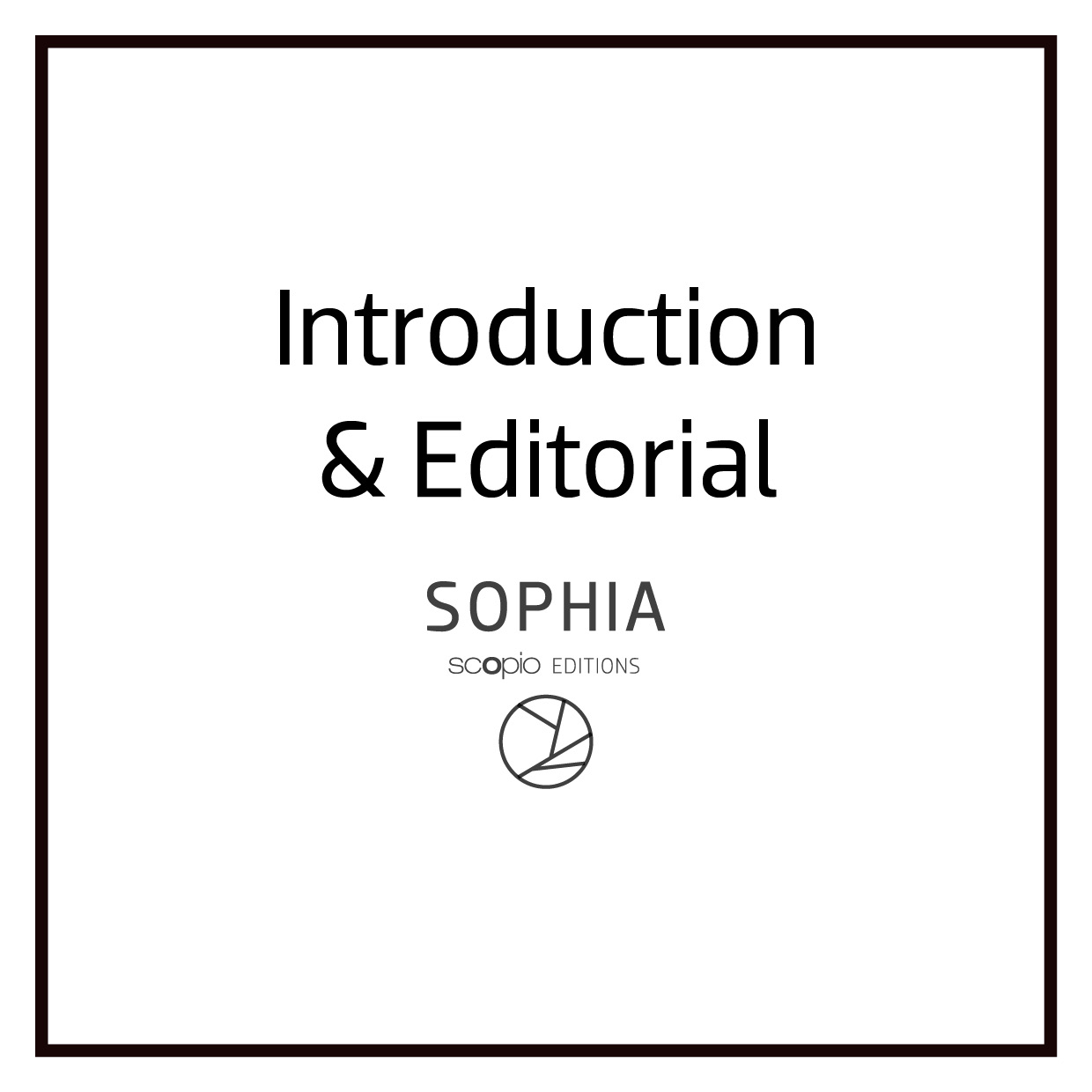
An instant world: truth and reality
##plugins.themes.immersion.article.figure##

Resumo
Today, technology allows us to capture reality in an extremely crude way. Consider, for instance, the images derived from micro cameras that invade our inter bodies for medical diagnosis. In this context, there is no valuable argument against the truth.
Back in the Architecture PhD freshman year, a group of students were asked to conceive an idea of a chair for an art class. It was a rather free proposal; yet all of them constructed a small, scaled model, and the objective was to photograph it on different urban sites. One of the proposals chose to use no software tricks in the pictures, based on the conviction that the truth was, like in Pilate’s view, something one might question buy cannot antagonize. In due course, this issue of SOPHIA gives us a chance to review this true story, based on real events in light of other perspectives, coming across with the notion of how ‘true’ it is that
the specialised architectural journals, schoolbooks themselves, including those of a high scientific level, are (...) channels that tend to transform the spatiotemporal notion of architecture and landscape into that of signs, the notion of reality into that of a photographic representation of reality.
(...)
Referências
- Egidio Mucci, “Rappresentazione fotografica dell’architettura: un’ipotesi di lettura semiotica”, p.11; In Eugenio Miccini, Retorica della fotografia. Semiotica dell’Architettura Rappresentata, Alinea Editrice, 1984; transl. by the author.